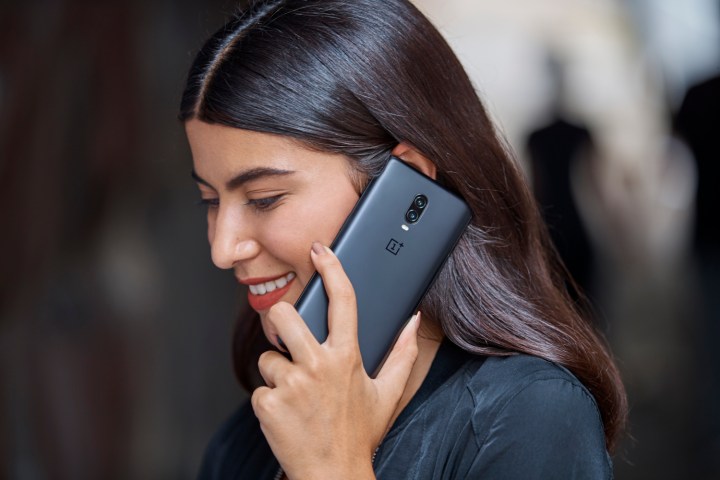
Everyone loves a bargain, and OnePlus has been turning out phones with high-end specs at attractive prices for years now. Why pay $1,000 for a flagship when you can snag something similar at half the price? It seems a lot of people have been warming to OnePlus, with analyst firm IDC reporting that the Chinese manufacturer shipped enough phones in the fourth quarter of 2018 to snag a top-five position in the U.S. in terms of market share for smartphones costing more than $500.
We’re not surprised, as we named OnePlus as the big winner in our review of the year and the OnePlus 6T sits proudly atop our best cheap phones roundup, just like the OnePlus 6 before it. The firm has come a very long way since its first release.
“It’s been over five years since we launched our first phone in the U.S., initially as an online-only offering,” OnePlus CEO Pete Lau said.
OnePlus built a brand on the “flagship killer” idea, carefully engaging with its fan base to find out what features mattered most to them. It managed to improve on the formula with every iteration, turning out new phones with the latest hardware updates every six months. This playbook seems to have worked, as it’s now fifth behind LG, Google, Samsung, and Apple.

In 2018, OnePlus released two of the most polished phones we’ve seen, continuing to undercut the competition by hundreds of dollars, but the big breakthrough was the move from online-only sales to carrier stores. A partnership with T-Mobile, and the addition of support for Verizon’s network allowed more people to get their hands on a OnePlus phone and widened the potential customer base in the U.S. which has clearly paid off.
We’ve tended to categorize OnePlus phones as budget flagships at affordable prices, but at $550, the OnePlus 6T is not cheap. OnePlus first broke the $500 mark with the OnePlus 5T, but as the brand has evolved, the small price hikes have always felt justified. Its phones are still comparatively great value and significantly cheaper than flagships from other top manufacturers.
“We’re proud of how far we’ve come and even more excited about the future ahead,” said Lau.
OnePlus won’t be content to rub shoulders with Apple and Samsung, but it will be interesting to see just how big of a bite it can take out of their commanding share. According to Counterpoint Research, OnePlus led the two titans in India for three consecutive quarters last year with a 36 percent share of the premium smartphone market.
As smartphone sales begin to decline, the market is more competitive than ever, but the value offered by manufacturers like OnePlus seems to have stood them in good stead so far. Whether that will continue into 2019 and beyond, in the face of a new wave of foldable phones, remains to be seen. There’s also the tricky question of whether OnePlus will launch a 5G phone this year, something that would likely push its pricing higher.


